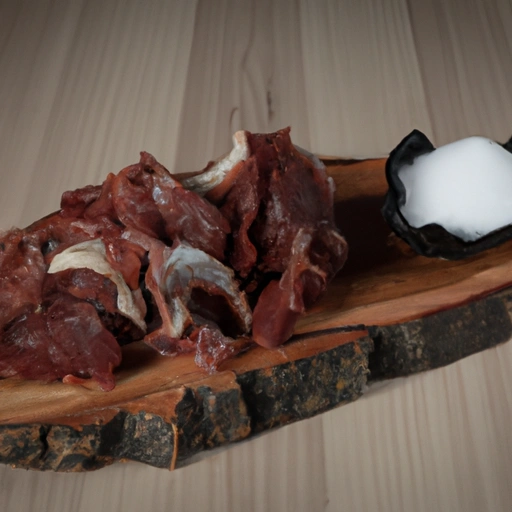Deer
Description

Deer meat, also known as venison, is a prized ingredient in various culinary traditions. Characterized by its rich, gamey flavor, it provides an excellent alternative to more common meats like beef or chicken. Deer can refer to the meat of several species, including white-tailed deer common in North America, mule deer found in the western United States, or red and roe deer which are native to Europe.
Common uses
Deer meat is utilized in a variety of dishes from hearty stews and roasts to delicate carpaccios and sausages. It is also often ground into mince for use in burgers, meatballs, and other recipes where a leaner, more flavorful meat is desired.
Nutritional value
Calories
Deer meat is relatively low in calories, with a 3-ounce (85g) serving providing roughly 134 calories.
Protein
A rich source of protein, the same serving size contains about 26 grams, making it an excellent option for those looking to increase their protein intake.
Fat
While leaner than many other red meats, a serving of deer meat contains about 3 grams of fat, which includes both saturated and unsaturated fats.
Carbohydrates
Deer meat is essentially free of carbohydrates, making it suitable for low-carb and ketogenic diets.
Vitamins
It is a good source of B-complex vitamins, particularly vitamin B12 and niacin (B3).
Minerals
Deer meat is rich in minerals such as iron, phosphorus, zinc, and selenium.
Health benefits
Venison is known for its health benefits, including being an excellent source of complete protein and iron, which are essential for muscle growth and overall health. The high content of B vitamins supports metabolism and energy production. Furthermore, the lower fat content compared to other red meats can contribute to a healthier diet and heart health.
Potential risks
While deer meat is generally considered healthy, it can be higher in cholesterol than some other meats. Additionally, there is a risk of exposure to diseases such as Chronic Wasting Disease (CWD) if the meat is not properly sourced and tested. As with all game meats, it is essential to ensure the deer meat is from a reliable source and prepared safely.
Common recipes
Deer meat is celebrated in recipes such as venison stew, venison jerky, roast venison, and venison chili. It is also used to create gourmet dishes like venison medallions with berry sauce and venison tartare.
Cooking methods
Popular methods of preparing deer meat include grilling, roasting, braising, and slow-cooking, which help to tenderize the lean meat and infuse it with flavors.
Pairing with other ingredients
Deer meat pairs well with bold seasonings and accompaniments such as juniper berries, rosemary, thyme, and red wine. It also complements earthy side dishes like roasted root vegetables, wild rice, and mushrooms.
Summary
Deer meat offers a flavorful and nutritious alternative to traditional meats. With its rich history, myriad of health benefits, and versatility in cooking, venison stands out as a robust ingredient suitable for a variety of dishes. By incorporating deer meat into your culinary repertoire, you can explore new flavors and textures while embracing a protein-rich, low-fat ingredient.